In 2023, the Nikon Zf quickly became a phenomenal product in the Nikon Z-mount ecosystem, thanks to its retro body design, powerful image quality, and impressive video performance. I remember that when it first went on sale, the price even surged to around 15,000 yuan. Even though the price has since dropped, the Zf remains a top-seller at Nikon stores and e-commerce platforms, and it’s still a Nikon camera I highly recommend.
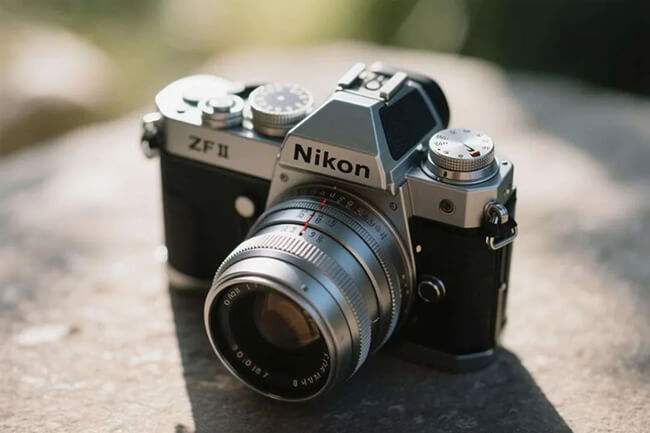
Recently, rumors about its successor, the Nikon Zf II, have gradually emerged.
A Glimpse at the Possible Technical Specifications of Zf II
According to multiple current rumors, the Zf II may inherit the core hardware of the Z6 III and feature upgrades in several aspects:
- Sensor: 24.5-megapixel FX-format full-frame CMOS (partially stacked)
- Processor: EXPEED 8
- Video performance: Supports 6K 60p (N-RAW), 4K 120p (ProRes RAW), and 10-bit internal recording
- Burst shooting: 20fps in RAW format, up to 60fps in JPEG format
- Autofocus: 273-point hybrid autofocus system with AI intelligent recognition and bird detection
- Electronic viewfinder: 5.76-megapixel OLED
- Screen: 3.2-inch flip-out touchscreen LCD
- Card slots: Dual slots (UHS-II SD + microSD/Tf card)
Moreover, there are reports that the Zf II will support in-camera pixel shift synthesis and may introduce a dynamic range expansion technology similar to Panasonic’s S1R II (Dynamic Range Boost) to further enhance image quality.
Will the Sensor Adopt a Partially Stacked Design?
During this year’s 618 shopping festival, I purchased the Nikon Z6 III, which uses a partially stacked sensor. Compared to traditional CMOS, its readout speed is approximately 3.5 times faster. In actual use, this is noticeable: the electronic shutter is faster, the live view is smoother, and the video capabilities are more powerful.
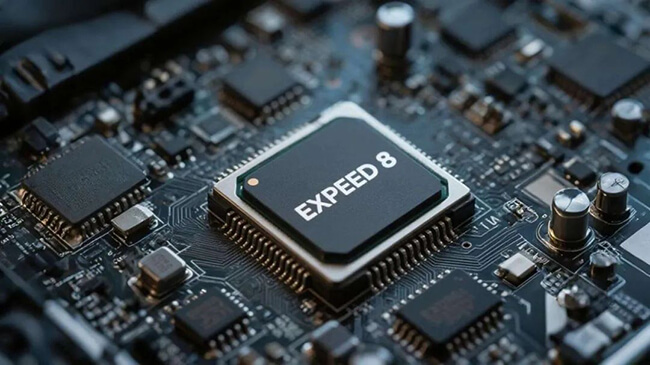
Although many online tests point out that this sensor is not as good as the IMX410 in terms of high ISO performance and dynamic range, from my own shooting experience, these differences are not obvious. For future mid-to-high-end Nikon models, this sensor is likely to become a standard feature, so it would make sense for the Zf II to adopt this solution.
However, it’s important to note that the Zf is not positioned as a "workhorse" camera for professional tasks but as a stylized model for static photography enthusiasts. If the Zf II is mainly used for shooting portraits, street photography, landscapes, and other non-high-dynamic action scenes, the "partial stacking" design would bring limited substantial improvements to image quality but would significantly increase the overall cost of the camera. Therefore, even if this solution is not ultimately adopted, it would be completely acceptable.
Will EXPEED 8 Be Downgraded to Zf II?
EXPEED 8 will most likely make its first appearance in the Nikon Z9 II, which is expected to be released in the first half of 2026. If the Zf II is launched after that, it would be reasonable for it to feature EXPEED 8. The new-generation processor would mean stronger video encoding/decoding capabilities, faster computing processing, and more efficient AI focusing and tracking, making it an upgrade worth looking forward to.
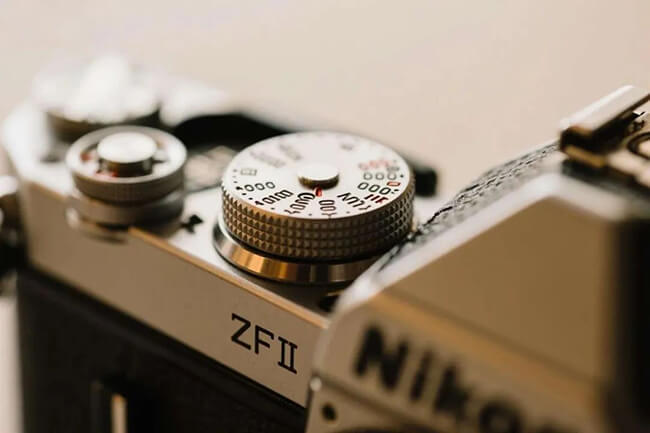
However, the current EXPEED 7 is actually more than sufficient for the Zf. If EXPEED 8 is indeed downgraded to the Zf II, it would likely be more about narrowing the perceived and experiential gap with high-end flagship models.
In fact, I personally think it’s still too early to discuss the Zf II, as the current sales of the Zf are still very strong. The earliest release time for the Zf II is probably the second half of 2026, which would help stagger its sales period with the Z6 III and leave room for the Z6 IV.
Is There Really a Need for a Zf II?
The success of the Zf is largely attributed to its perfect integration of retro aesthetics with modern performance, which precisely caters to users who value style and texture. For most photography enthusiasts, the performance of the Zf is already strong enough—even somewhat excessive. With the addition of Nikon’s cloud creation features, the efficiency of photo output and the joy of creation have been further enhanced.
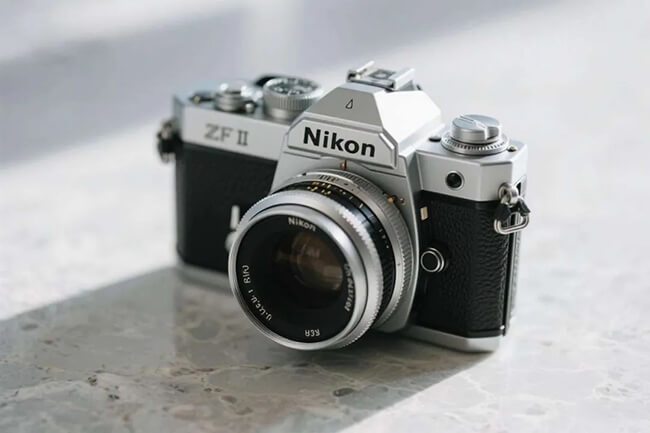
If the future Zf II is equipped with new-generation hardware, it could indeed achieve substantial leaps in burst speed, video specifications, AI focusing, and other aspects. However, this would inevitably lead to significant increases in both price and size. At that point, whether the Zf II can maintain its current market positioning is a difficult issue that Nikon must carefully weigh in its product strategy.
For this reason, I personally believe that the Zf II may not even be released. Instead of a direct replacement, Nikon is more likely to continue its consistent strategy: enhancing functions through firmware updates, releasing silver or special edition bodies, bundling retro accessories and lens kits, thereby extending the product lifecycle and market popularity of the Zf.
For now, the Zf II is more like an idealized product—it’s certainly exciting to imagine a more powerful Zf, but whether there’s an urgent need for its release is still too early to say.
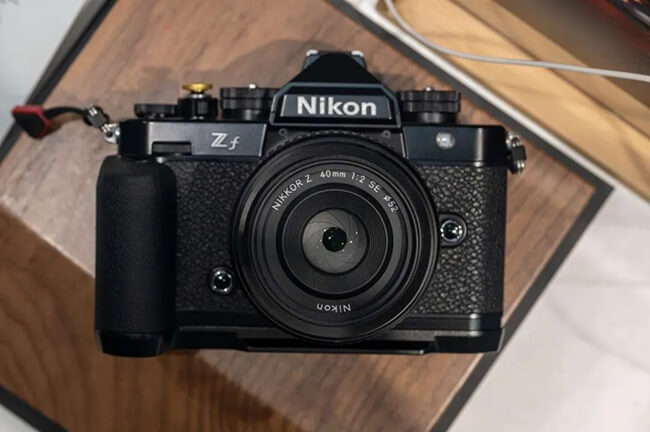
If you’re already captivated by the design, handling, and shooting experience of the Zf, there’s no need to hesitate. Buying it early to enjoy it is the best approach. As a full-frame camera that combines retro charm with modern performance, the Zf can establish an emotional connection with you. Whether it’s for recording daily life, capturing moments of inspiration, or serving as your most reliable creative partner during travels, it’s worth owning.
Related Tags: Nikon
